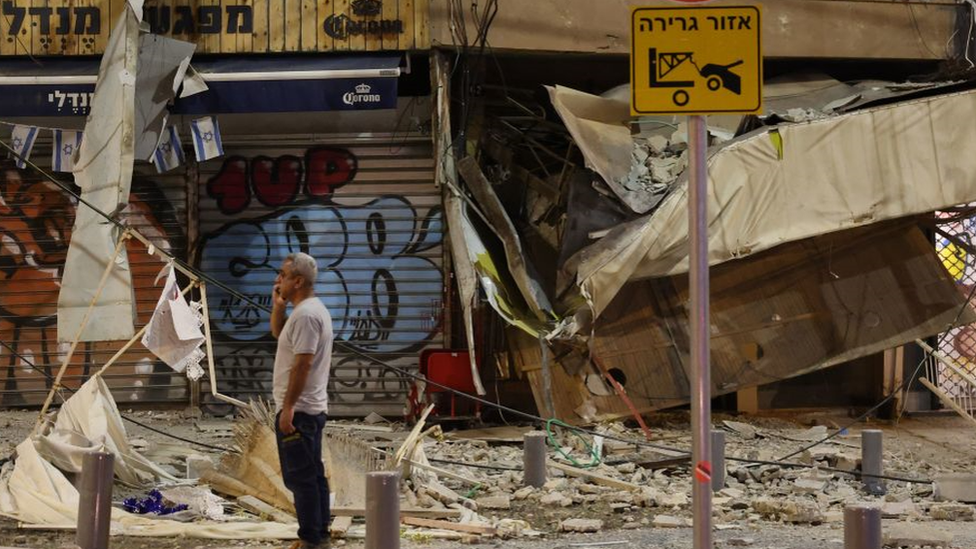World water crisis
The lack of water has become one of the biggest worries for mankind, but you wouldn't know it. At least for most of us, the alarm is not there. In part one of our 2 part series, we covered things like water security, water wars, and the function of water in the circular economy.
In this segment we will look at various case studies into how water is affecting different countries. This will not only aim to look at the global south who need it the most, but also the global north, who may be facing a water crisis of their own. We have told you how scarce water is in the previous program: This is Fortune Magazine's take on this precious commodity. “ Water is one of the world’s great business opportunities.""It promises to “be the 21st century what oil was to the 20th century.
According to a United Nations World Water Report (2006),70% of the earth’s surface is covered with water. However 97.5% of this is seawater which is not useful. Of the 2.5% fresh water, 68.7% is in the form of ice-caps and 30% is stored underground therefore making only 0.3% water available as surface water. Out of this surface water 87% is stored in lakes, 11% in swamp and 2% in rivers. As all of the sweet water is not ex-tractable,only 1% of the total water can be used by human beings.
Our first case study is on India. It is estimated that only 18 percent of the total rural population have access to treated water. Only about one-third of rural households in India are reached by piped water supplies. More than 100 million people live in areas of poor water quality. 54% of Indians face high to extremely high water stress.
The other case studies involve the global north and south, Africa and Asia. Some of the countries we'll look at in this section are Sri Lanka, Chile and Bolivia. The case of Chile highlighted environmental concerns against corporate interests, a similar theme in many parts of the world, where local communities are fighting to keep their land and resources.
One of the case studies we didn't cover is Africa. Some of the regions included in this segment will be Nigeria, Madagascar, South Sudan, and Zimbabwe. IN South Sudan the epidemic of lack of water is mind boggling. People there have no food and some families depend on water lilly and date palm, while in Zimbabwe, water rationing is commonplace. And in Madagascar, water is only available to 10% of households.
Yemeni forces strike Israeli ship, Port of Eilat in solidarity with Gaza
Columbia, Yale students bent on ending US support for Israeli genocide
VIDEO | Genocide in Gaza
Iran calls on BRICS to play role in stopping Israeli crimes
President Raeisi’s historic visit opens new chapter in Iran-Pakistan ties
Russia: Poland’s talks on hosting US nuclear weapons ‘dangerous’
VIDEO | Israel’s genocide bounty
India’s home minister vows to end Muslim reservation if his party wins









 This makes it easy to access the Press TV website
This makes it easy to access the Press TV website